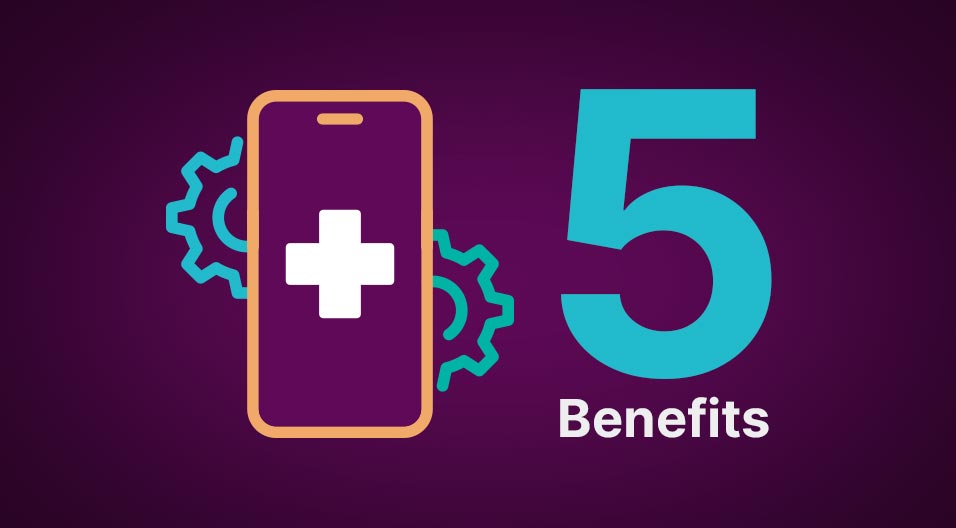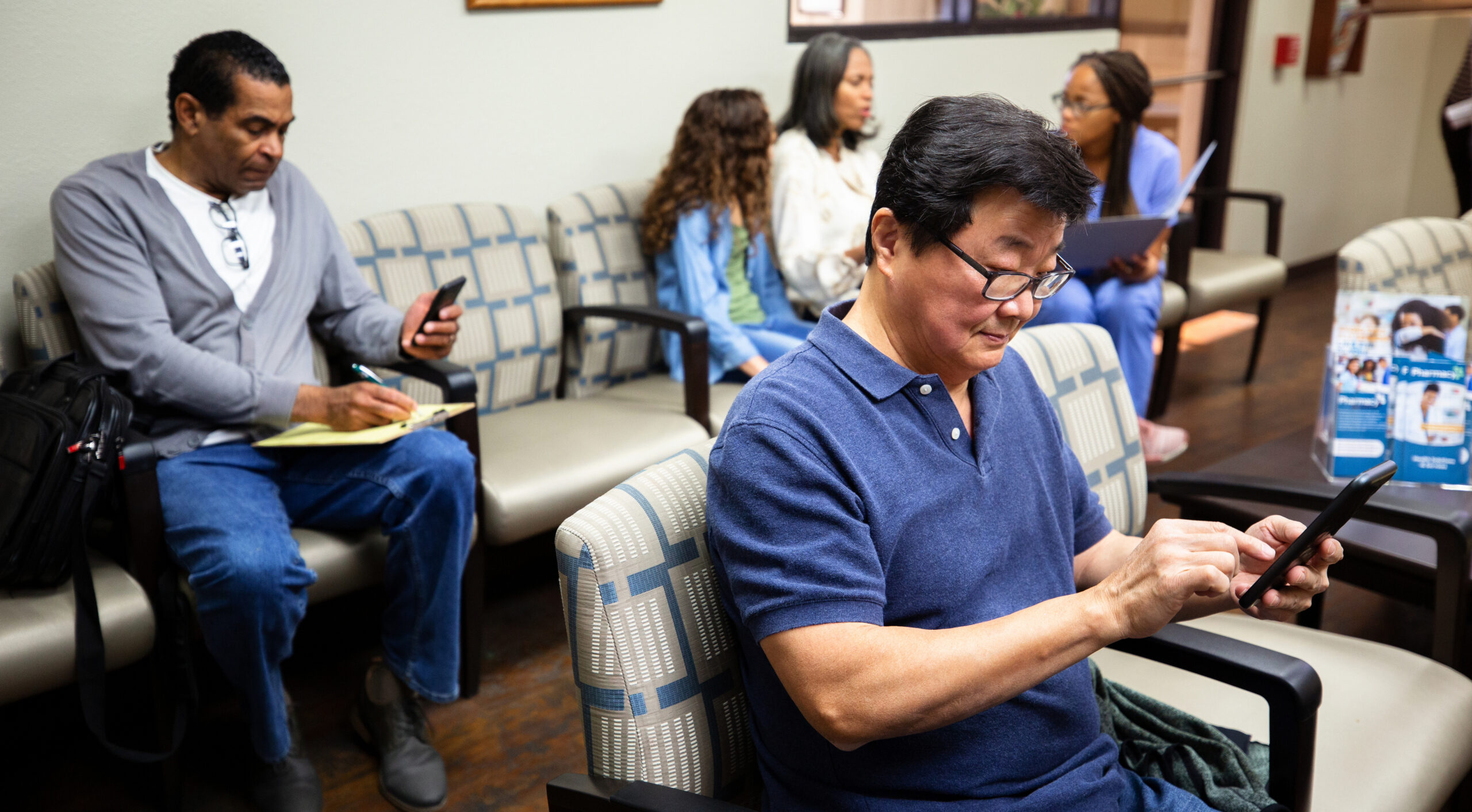Last week, we wrote about providing a great patient experience while also addressing public health issues such as opioid dependency. We thought it would be worthwhile to explore the issues of pain management a bit more and offer some ideas that you and your health care team might implement to help address patient needs.
For those that experience pain, it can be debilitating, all-consuming, and can wear down patients emotionally and physically to the point where they are unable to complete regular tasks. Take this case study:
A patient is currently suffering from excruciating pain from shingles. She has tried topical pain relief, narcotics and a nerve ending pain relief. Four weeks into the flare up, she is still unable to sleep because of the pain. She says, “It is worse than abdominal surgery?” She is now wondering if she can enjoy her trip to Spain at the beginning of next month.
Lesson learned? Pain can change our lives–when we least expect it.
Providers feel like they are in a performance dilemma–either they satisfy their patients by giving them pain relieving narcotics or they are judged harshly on patient experience evaluations, as patients feel their concerns are not being properly addressed. No pain specific question is asked on the CG-CAHPS survey; however, on the draft Emergency Department (EDPEC) survey, three questions are asked about pain: its existence, the help provided to relieve pain, and medicine for pain.
If you are using CipherKiosk in an outpatient setting or CipherRounds for in-patient rounding, what questions are you asking that address the existence of pain and how they are coping? We recommend you develop an “early warning system” to uncover what your patients are saying about how their pain is being managed, and actively work to improve and communicate pain management strategies to patients. Assess the issues and resolve them before patients respond to the CAHPS survey or post an online review.
Research demonstrates there are many ways to help patients relieve their pain besides prescribing narcotics. Some hospitals are creating a “Pain Menu” similar to a food menu that provides options such as listening to music, aromatherapy, and being distracted through handiwork. In the outpatient arenas, the recommendations include acupuncture, massage, music, non-narcotic pain relievers, physical therapy, changes in lifestyle, meditation, chiropractic, and guided visualization.
Regardless of what your team recommends to patients for pain management, your facility’s success can heavily depend on how well you can communicate empathy and consideration towards a patient’s pain needs. Helping patients understand their options and tracking patient perceptions are two great steps in the right direction.
For more information on how in-visit patient surveys can help your clinic or practice address pain management issues, contact us today. For additional resources on pain management and opioid prescribing guidelines, please access the resources below:







